When the Oxford English Dictionary announced that its 2016 Word of the Year was post-truth, the understanding was that the political upheavals of the Brexit referendum in the UK and the election of Donald Trump in the US required a specific vocabulary to mark their political impact. In fact, though, the term dates back over a decade: writing in The Nation in 2004, Naomi Klein declared 2003 as the “year of the fake,” noting that a deluge of celebrity politics (notably, then, the election of Arnold Schwarzenegger as California governor), deceitful journalism (the misreporting of facts regarding the Iraq War), and an overwhelming appetite for sensational stories had made the truth something unfashionable.
Klein’s assessment anticipates contemporary art’s current obsession with truth as a medium for manipulation. Though the term has become a conceptual assembly point for artists and institutions to gather around, representations of “post-truth” often result in little more than topical and tiresome art. Political satire can be an effective means to undermine authority, however the theme of “fake news” often fails to challenge the structures and conditions of real power. In efforts to contend with mass misinformation, many artists employ a particularly lazy form of satire, conflating awareness of current events with incisive commentary. This has generated a glut of art that relies heavily on representing the post-truth climate without attempting to understand either its causes or its effects.
The complicated relationship between representation and truth is as old as art history itself. In his Naturalis Historia, Pliny the Elder describes a contest between the painters Parrhasius and Zeuxis to determine who was the more skillful. Zeuxis’s painting of grapes was purportedly so realistic that birds began to peck at them, but it was Parrhasius who emerged the victor: visiting Parrhasius’s studio, Zeuxis tried to pull back the curtain on a painting, only to realize that the curtain was the painting itself. The legacy of this veneration of mimetic realism is evident in the naturalist renderings of Renaissance artists, the rough subjects of Courbet’s Realist school, and in the photorealistic portraits of Chuck Close. What they all share is an aspiration to faithfully represent the material world through art.
In the post-truth era, representation as a formal technique is limited in its effectiveness as critique. This past summer, Postmasters Gallery held an exhibition titled alt-facts, after the neologism coined by presidential counselor Kellyanne Conway. Included was David Diao’s 40 Years of His Art (2013), in which the painter recreates a 1939 invitation to Picasso’s retrospective at MoMA, swapping out Picasso’s name for his own. In another work, Dancing 1 (2012), Diao poses as Matisse in front of the French artist’s Dance painting, signaling the artist’s recognition that imitating an old Master amounts to appropriating his fame. Neither of these works suggests much beyond the oft-trotted idea that authorship is fraught. Matt Johnson’s untitled sculptures of crumpled Amazon boxes, constructed not of cardboard but of carved wood and paint, are an outdated attempt to highlight materiality – similar as they are to the trickster logic of Gavin Turk’s bronze trash bags. Johnson’s inclusion in the show reads like the continuation of a tedious joke, as if the consumerist logic that underpins Amazon’s global operations is somehow being subverted through trompe l’oeil.
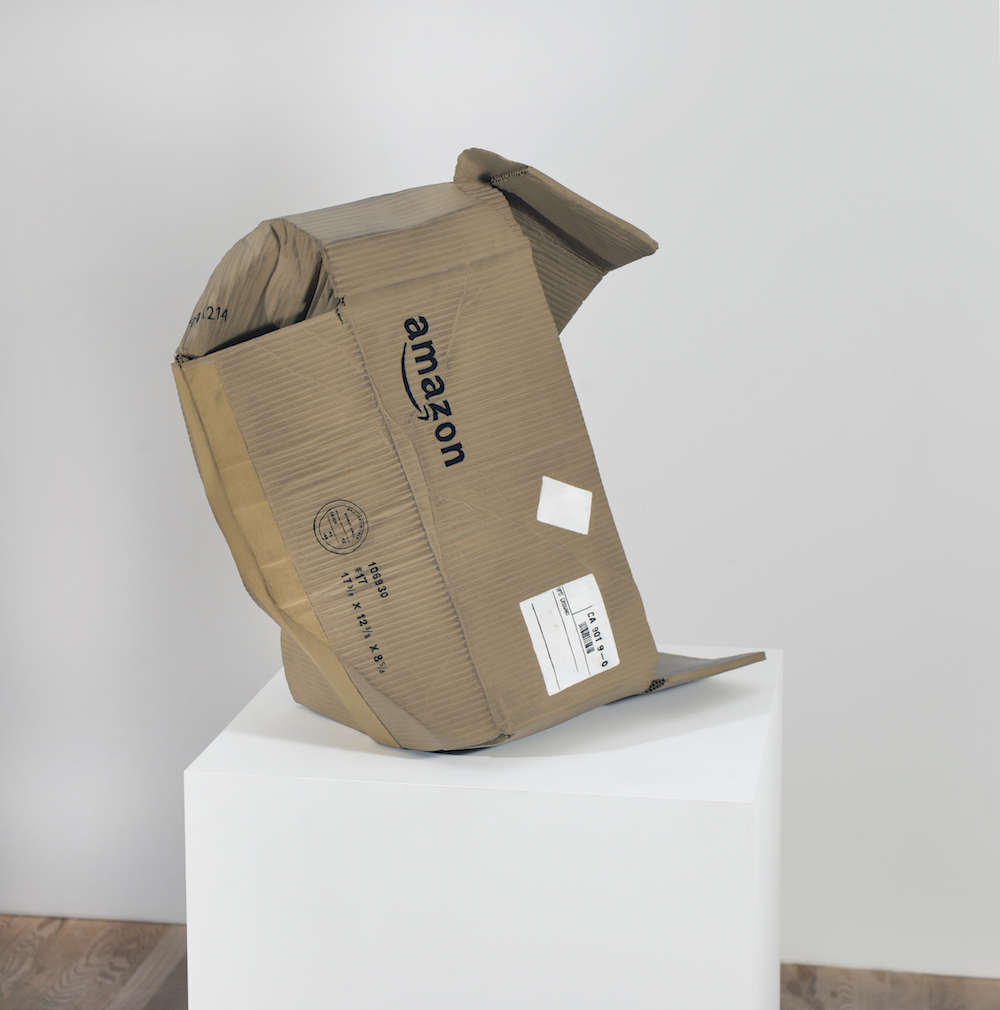
Matt Johnson, “Untitled (Amazon Box),” 2016. Courtesy of the artist; Blum & Poe, Los Angeles / New York / Tokyo; and 303 Gallery, New York. Photo: Postmasters Gallery, New York.
A stack of the newspaper of record, a project by the collective The Yes Men titled New York Times (2008), is the show’s most literal take on fake news. Along with a group of collaborators, the collective changed the headlines of the Grey Lady into phrases that directly addressed contemporary problems (“IRAQ WAR ENDS” blazes across the front page) and passed them out to unsuspecting civilians. The power of the work lay in its performance, the ability to incite confusion by literally spreading fake news – and many confused citizens rang the newspaper’s offices to complain. But presented in the gallery as an outdated relic of this act, the power of the Yes Men’s work is deflated: fake perhaps, but old news.
Individually, the works in alt-facts are inoffensive, mildly interesting, or generally banal; some of them are well-conceived. While individual works such as New York Times can stand on their own, organizing them as a “politically charged response to today’s mediascape” (as the Postmasters Gallery press release states) is a puerile indicator of political uncertainty, one that imagines representing various instances of falsehood as equal to actively criticizing misrepresentation. Peter Saul’s paintings of Donald Trump, on view at Mary Boone Gallery, where the artist depicts Trump in various forms (slug, crocodile, dead soldier) in historical paintings, perfectly encapsulates this glib trend; to wit, the exhibition is titled Fake News.
In contrast, participatory or discursive artwork that addresses similar problems may exceed the limits of representation. At the New Museum, Paul Ramirez Jonas’s 2017 project Alternative Facts, part of his exhibition Half-Truths, plays with the processual nature of truth. When I visited the New Museum for the performance, a member of the institution’s Teen Apprentice Program (TAP), a summer employment internship for young people, sat beneath a placard that read I AM A NOTARY (Ramirez has also taken up the task of notarizing on select nights throughout the exhibition’s run). In this setup, visitors hand the “notary” a silver coin, which, by a simple chemical reaction, gets plated in gold. This currency is then used to certify a personal untruth as an officially sanctioned truth. The notary draws up two official documents, one that hangs in the gallery, and another that the visitor takes home. Pinned on the gallery walls are examples that range from the endearing (“I AM A PIGLET”) to the existential (“I KNOW WHERE I AM GOING IN LIFE”) and the alarming (“BEING AT HOME MAKES ME FEEL SAFE”). Their collective presence, a wall of personal desires, indicates, as per the artist’s statement, “what the work is trying to modulate – publicness and intimacy, an inside and outside.”
Ramirez Jonas satirizes the key element that much of the flood of art referencing alternative facts seems to miss: power. The participatory work sidesteps the problem of merely representing fake news, and instead reveals the vital role of institutions in producing it. Institutional power is spoofed by teens stamping papers, but this only draws attention to the seemingly arbitrary nature of political authority. Fake news is dangerous not mainly because of its rejection of the principle of truth, but because of the disastrous effects it has on vulnerable populations. In Fake ID (2017), the second constituent performance of Half Truths, the teens ask participants to hand over the contents of their wallet, and proceed to collage various elements of different forms of identification – drivers licenses, library cards, loyalty cards – to create an amalgamation of identity. Recalling the repeated promises by the Trump administration to crack down on illegal immigrants and the president’s pardoning of Sheriff Joe Arpaio, Fake ID connects the problem of fake news with power of institutional authority. The vitriolic flood of misinformation spread by the Trump administration has much higher stakes for undocumented citizens, Muslims, and other systematically marginalized groups than it does for those whose dissent is materialized in meme paintings of the president. Work that, as Jonathon Sturgeon notes, bears the “precise legibility and perishability of memes,” amounts to passive, forgettable commentary that undermines art’s political potential and reaffirms the egos of those in power.
In the spring of 2017 at Recess, Andrew Lampert launched Faked/Out, a public process-based work that saw the creation of a bureau for fake news (Faked Out News Inc. or FONI) and a series of speakers that waxed poetic on topics relating to fraud. The press release for “Faked/Out” states that the “Alternative facts and alternative fictions” provide emancipatory opportunities as “portals to hopeful futures and unobtainable realities.” In an essay for Artforum, Andrew Hultkrans criticized this “wish-fulfillment” angle as anachronistic and irresponsible, ignoring, as it does, the capitalist logic that “packages” reality rather than offering substantive alternatives. Lampert’s discursive Faked/Out project engages the public in acknowledging that falsehoods are created and institutionalized, but its hopeful reframing of fake news occasions familiar problems of representation: blithe commentary without real critique, provocation without prognosis.
Contemporary art has long sought to push the boundaries of both form and content, rejecting modernity’s desire for stable meaning and eschewing mimetic strategies for more challenging tactics. Relying on representation as a form of political critique in the midst of a truly post-modern crisis of truth seems a facile and regressive solution. Rampant fake news grows out of the problems of representation; when it comes to reality, substantive appraisals of politics require a firmer grip.

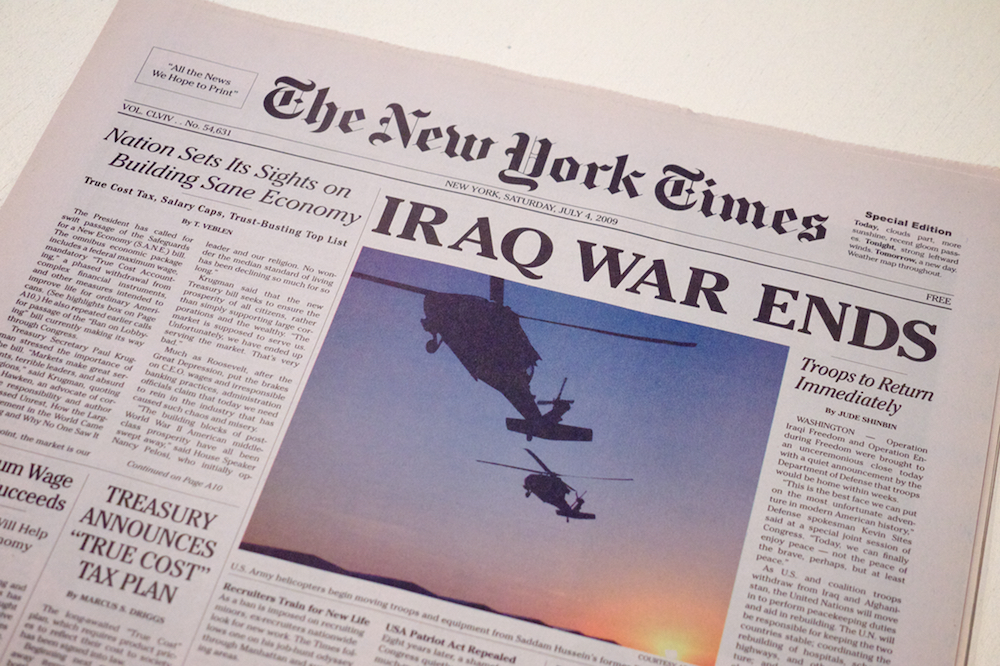




















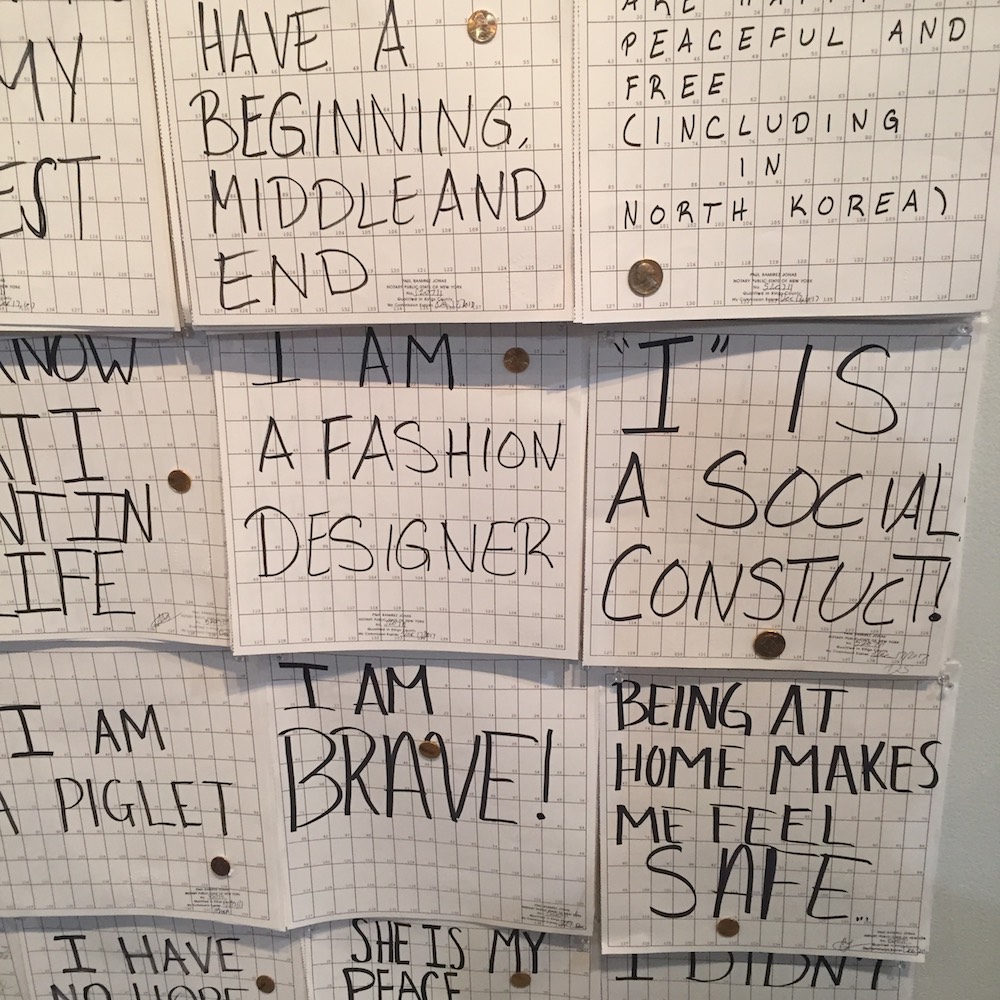
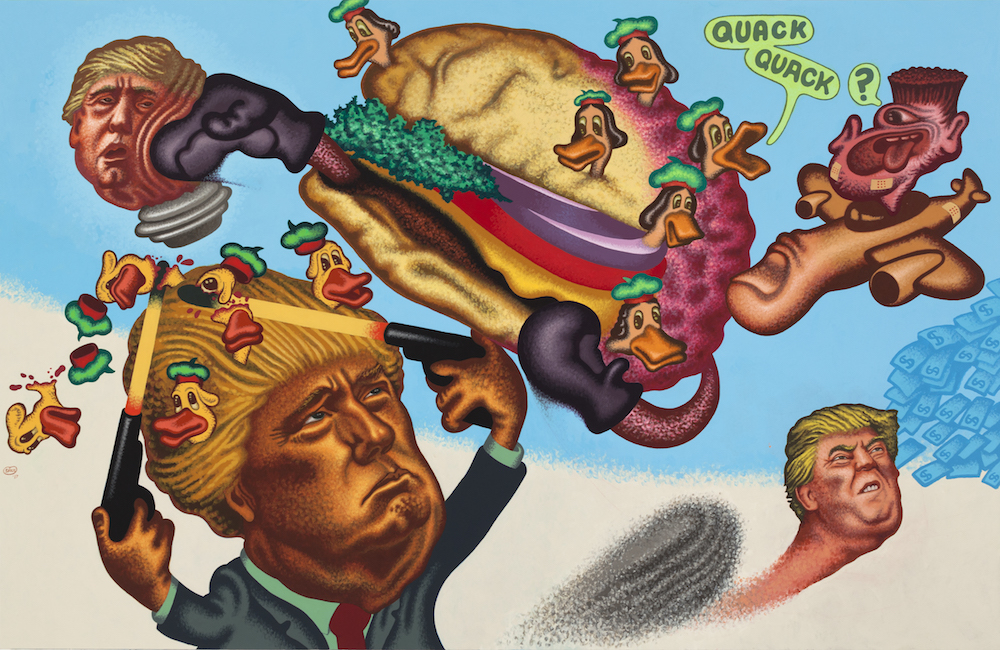
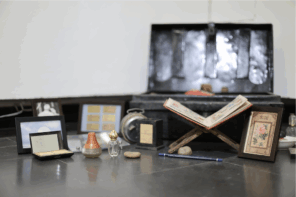
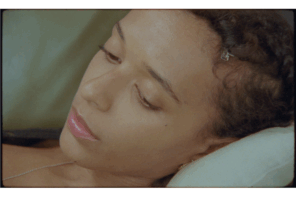

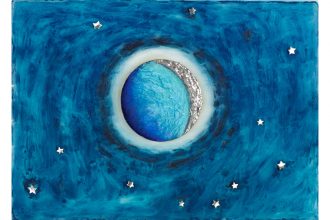
Tasif makes an interesting point with “In the post-truth era, representation as a formal technique is limited in its effectiveness as critique” and this would be true if the production and purpose of art was a conscious intellectual political statement. Walter Benjamin agrees that aesthetics and creativity were fascist nonsense; the only place for art was working-class propaganda using social realism. Of course Benjamin then killed himself from a catastrophic failure of morale, something that happens to Marxists when they are left alone for too long. The critique that representation offers is avoided here as in the rest of today’s cultural canon, in favour of superficialities … but dig and you find truths behind our blind spot. Duchamp always said the Readymade was not art, which makes Matt Johnson’s “Untitled (Amazon Box) a pretension based on cultural illiteracy.
We’ve documented that art is not whatever an artist decides; we should be alarmed at Marshall McLuhan’s footnote, often misattributed to Warhol, that art is anything you can get away with. It looks like the art world pioneered Donald Trump’s post-truth politics. Postmodernism is a cult of denial, now in presidential form, reason the canary in the art mine is coughing and tipping over.
“In the post-truth era, representation as a formal technique is limited in its effectiveness as critique.” I agree, but I think a lot of it has to do with our age of technological advancement. Mimetic art was compelling insofar as it really was hard for us to produce such faithful representations of an objective reality. Once photography and real-time television promised to offer direct access to the unmediated, immidiate truth, then realism banalized, and the failures in the presentation of truth became more interesting than truth itself.
That means our belief system sees no difference between a draftsman, an illustrator and an artist. Duchamp said that was the case. Is Walter Benjamin right, all we can ask of art is to reproduce reality?
I found Tausif Noor’s “Fake News, Bad Art” worthwhile, although his view of representation as merely a formal technique, whether used for the purposes of political critique or otherwise, is sorely lacknig. The notion of a “post-truth era” is an assumption based upon an extreme view of relativism, expressed in cognitive and or ethical terms. Relativism in both these senses is the essence and source of the problem of fake news and not, as Noor maintains, “[S]omething that grows out of the problems of representation.” Noor puts the cart (of representation) before the horse (of relativism). Pushing the boundaries of form and content need not eschew representation or even mimesis, however, one needs to be clear about the reasons for deploying these approaches. Relying on representation to present a political critique in the midst of a presumed “crisis of truth” may indeed be “facile and regressive,” but this is less a matter of how the critique is brought off and more a matter of an uncritical use of representation itself.
Paul Forte